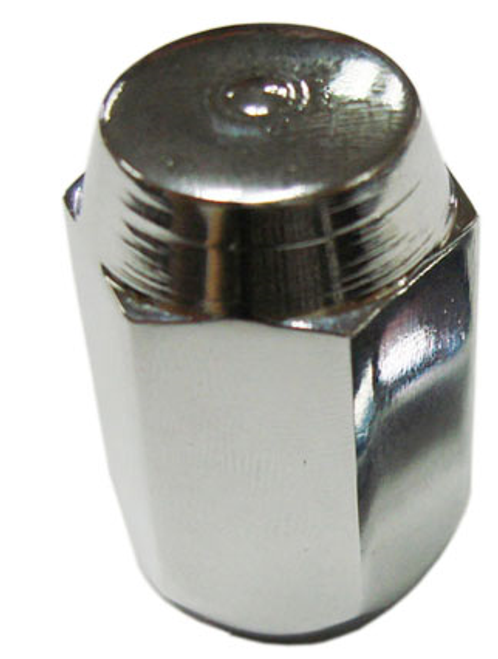Rustyrodknocker
Senior Member
Has anybody else had this experience?
It seems that the material that the electronics are sealed in hits it's expiration date and liquefies.
I had this a year or so ago with my Coronets ignition module and now the voltage regulator on my Fury.
The stuff is incredibly sticky and looks like partially solidified raw honey. Not sure what it tastes like.
Both cars had sat a couple of years and when I got back to them the stuff was running out of them.

It seems that the material that the electronics are sealed in hits it's expiration date and liquefies.
I had this a year or so ago with my Coronets ignition module and now the voltage regulator on my Fury.
The stuff is incredibly sticky and looks like partially solidified raw honey. Not sure what it tastes like.
Both cars had sat a couple of years and when I got back to them the stuff was running out of them.
Last edited:


















